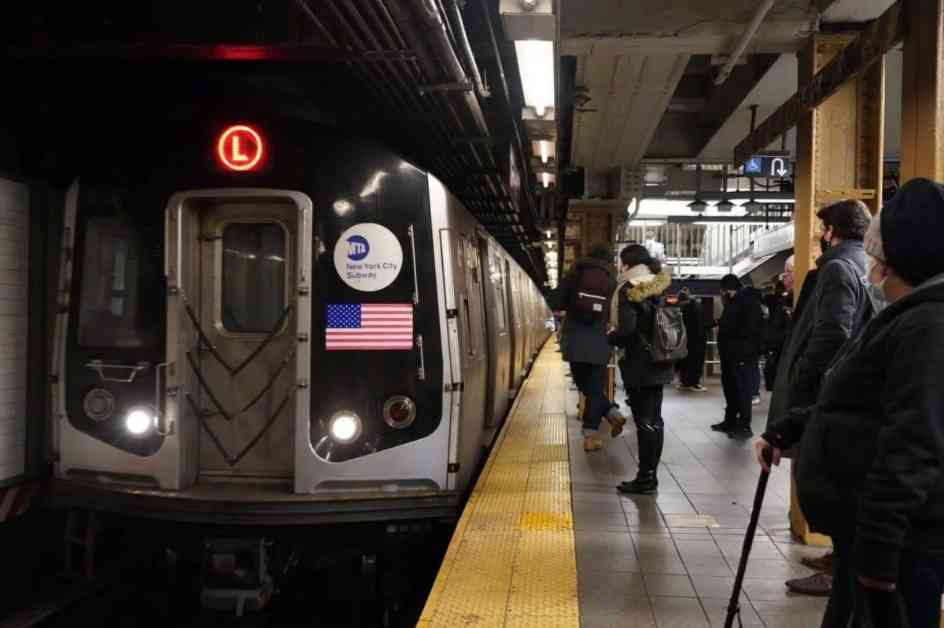Tragic Incident: MTA Worker’s Fatal Episode on L Train
An MTA New York City Transit worker tragically passed away while on duty on a Brooklyn L train on Wednesday morning, according to a report from the Transit Workers Union (TWU) Local 100.
Sudden Collapse and Rescue Efforts
Ricardo Louis, a 44-year-old trackworker, was performing his duties on the train at Morgan Avenue in East Williamsburg when he suddenly collapsed at approximately 3:10 a.m. on January 8. His colleagues discovered him in distress, having experienced what appeared to be a severe medical episode, as per an MTA spokesperson.
Immediate efforts to revive Louis were made by the staff on-site, who promptly called 911 for assistance. TWU Local 100 President Richard Davis confirmed that emergency medical services (EMS) rushed Louis to nearby Woodhull Hospital. Unfortunately, despite all attempts, Louis could not be saved.
Union’s Response and Safety Concerns
Expressing heartfelt condolences on behalf of the union’s 44,000 transit workers, President Davis extended support to Louis’ family during this trying time. Louis, who had been with the MTA since March 2018, was a valued member of the team.
Davis highlighted the inherent dangers of working on subway tracks due to constant train traffic and limited access to immediate medical care. He emphasized that TWU Local 100 has persistently advocated for improved working conditions to ensure the safety of its members.
Federal Safety Measures and Ongoing Concerns
In light of a previous fatality involving an MTA worker in 2023, the Biden administration intervened to mandate enhanced safety protocols for MTA employees. Following a comprehensive investigation by the Federal Transit Administration (FTA) into NYC Transit operations, significant safety lapses were identified, prompting federal authorities to order a thorough safety risk assessment.
The MTA, however, contested the federal directive, signaling potential challenges in implementing the recommended safety enhancements. As the investigation continues, questions loom over the adequacy of current safety measures and the need for urgent improvements to prevent further tragedies on the tracks.

